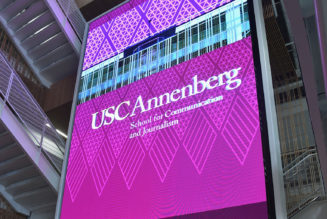Columnists
Kenya’s on track to achieve 100pc clean cooking transition by 2028
Tuesday September 05 2023

A woman displays bio gel fuel, developed under a clean energy programme by Bio Innovate Africa in Western Kenya. PHOTO | POOL
In the quest for progress and transformation, Kenya finds itself at the forefront of an electrifying movement—one that not only redefines the way we cook but also promises to enhance lives, safeguard the environment, and empower communities.
This endeavour, grounded in the principles of sustainability and inclusivity, seeks to eliminate the health hazards and environmental repercussions associated with traditional cooking methods, while also propelling us towards a cleaner, greener future.
The challenges posed by the lack of access to clean cooking solutions are stark and sobering. In 2022, a staggering 900 million Africans faced the dire absence of clean cooking alternatives.
The consequences of this gap are not merely statistics; they manifest in the lives of our citizens. Each year, approximately 600,000 Africans, predominantly women and children, succumb to the silent menace of indoor air pollution—a consequence of relying on wood fuel for cooking.
This harrowing toll is a clarion call for action, a rallying point to transform the cooking landscape in Africa.
The Kenyan government has embarked on an ambitious journey to transition households from biomass to Liquified Petroleum Gas (LPG) for household cooking.
This shift aims to elevate the percentage of Kenyan households relying on LPG from 70 percent to 100 percent by 2028.
Yet, Africa’s energy landscape is riddled with contradictions—home to the vast majority of the world’s population lacking access to electricity while simultaneously witnessing some of the fastest-growing access rates.
These paradoxes are particularly pronounced in the context of clean cooking.
While 84 percent of the global population without access to electricity resides in Africa, 11 of the 20 countries with the most rapidly expanding electricity access rates are on this continent.
However, if present trends persist, it is projected that by 2030, six out of every 10 individuals without access to clean cooking will be in Sub-Saharan Africa.
Our drive towards 100 percent clean cooking not only harmonises with our commitment to sustainable energy but also recognises the symbiotic relationship between energy access and public health.
By embracing clean cooking, we are nurturing healthier generations, promoting gender equality, catalysing economic growth, and playing our role in climate action.
Kenya’s journey towards 100 percent clean cooking is not just a governmental pursuit; it is a collective endeavour that involves all segments of society.
From policymakers and innovators to financiers and consumers, we are united in our resolve to make clean cooking a reality for every Kenyan.
The writer is the Energy and Petroleum Cabinet Secretary.









